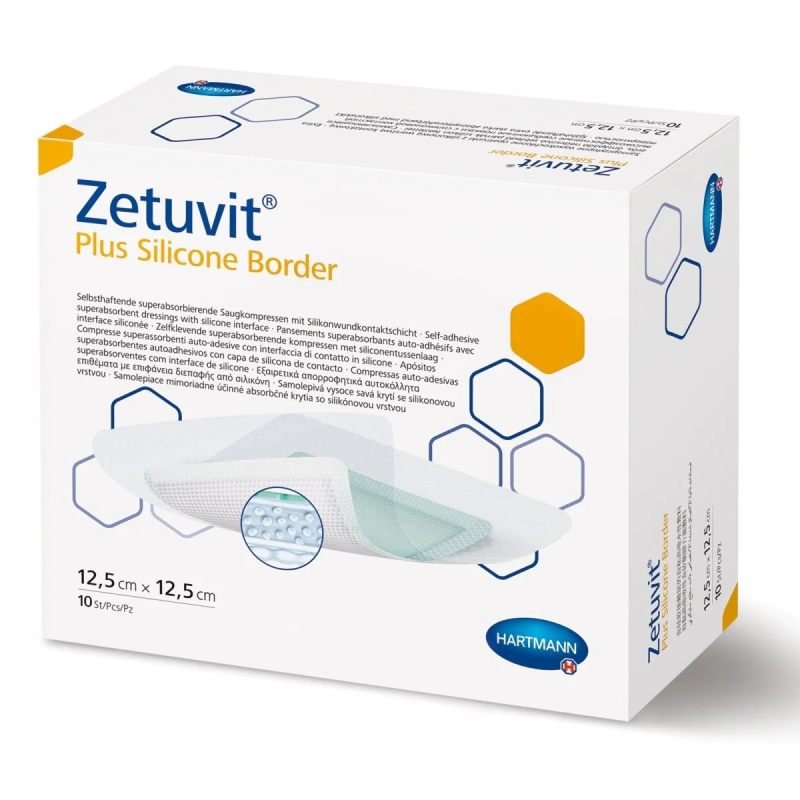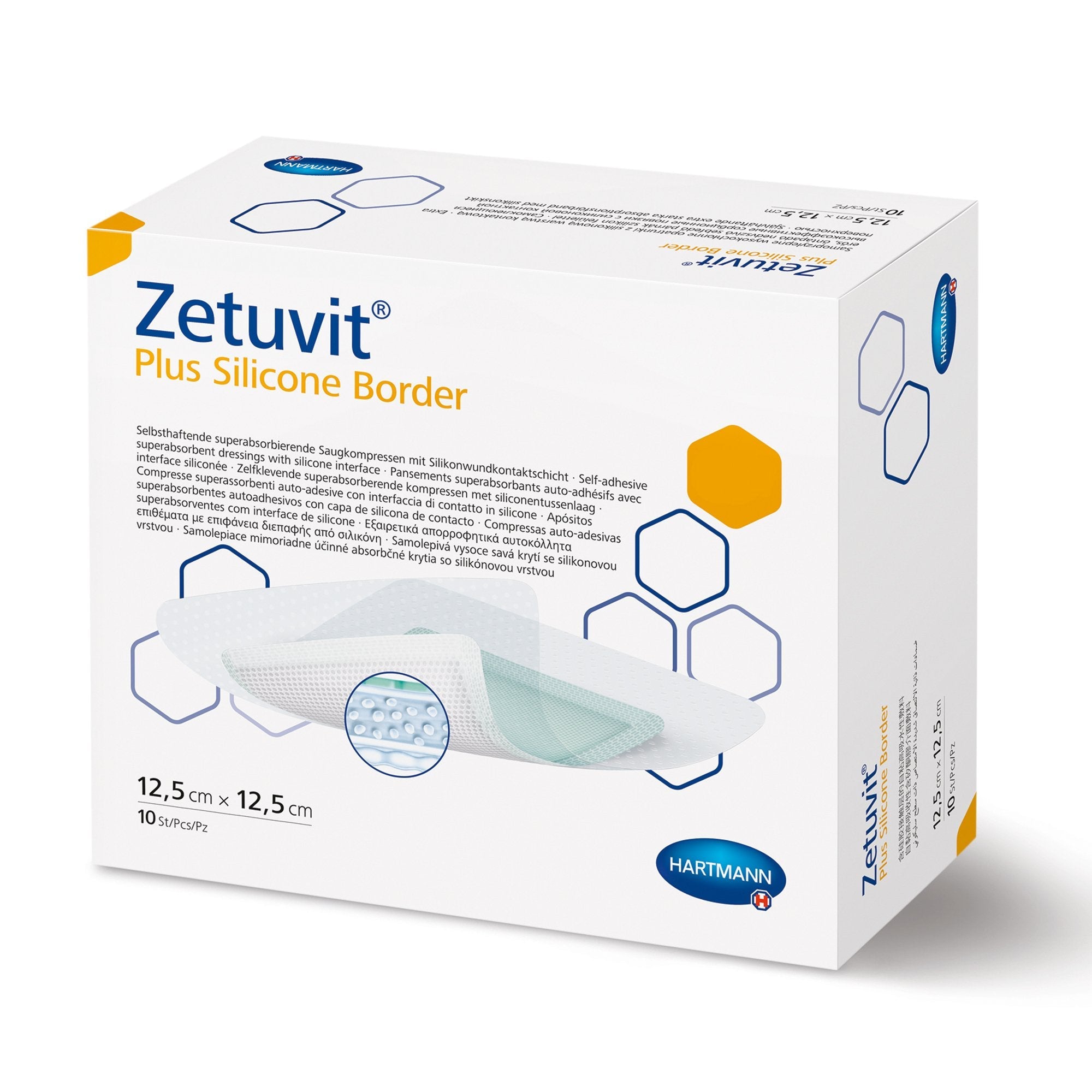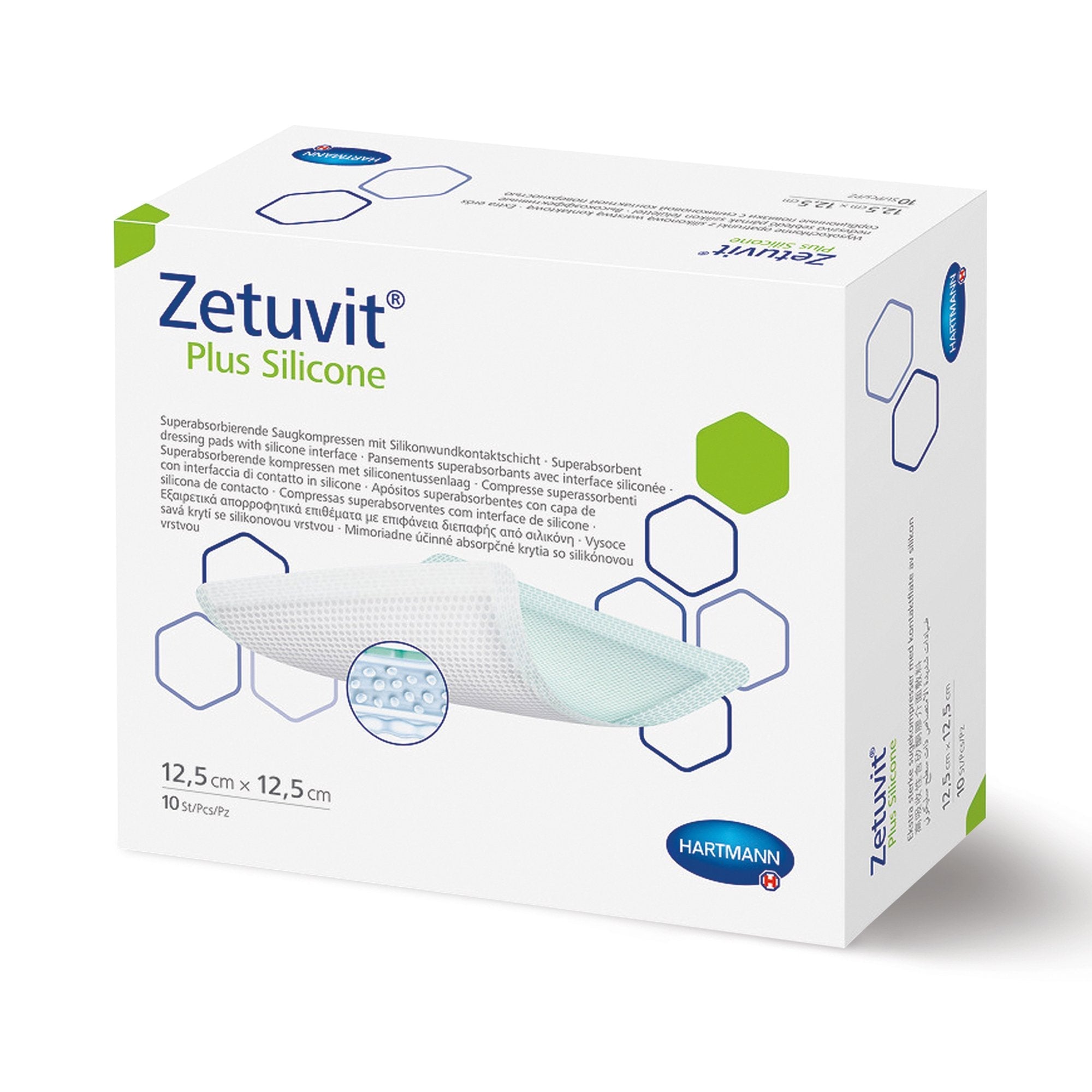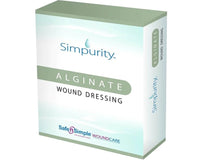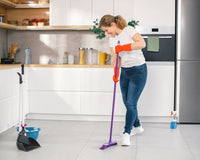Table of Contents
- Super Absorbent Dressings are the Future of Wound Care
- High-Absorbency Wound Dressings: A Game Changer in Wound Management
- Moist Wound Healing Dressings: A Key to Optimal Healing
- Advanced Wound Care Dressings: Versatile and Effective
- Types of Wounds that can Benefit from Super Absorbent Dressings
- The Many Benefits of Super Absorbent Dressings
Super Absorbent Dressings are the Future of Wound Care
When it comes to wound care, it's crucial to choose the right dressing for optimal healing. With many options available, it can be overwhelming to determine which one is best for your specific needs.
However, in recent years, there has been a growing trend towards super absorbent dressings, and for good reason.
These advanced wound care dressings have proven to be highly effective in promoting healing and improving overall wound management
Let's look at what makes these dressings stand out and why you should consider incorporating them into your wound care routine.
High-Absorbency Wound Dressings: A Game Changer in Wound Management
High-absorbency wound dressings are designed to effectively manage exudate, which is the fluid that leaks out of a wound during the healing process. Excessive exudate can cause issues such as maceration (softening of the skin), which can slow down the healing process.
Absorbent dressings are able to absorb and retain large amounts of exudate, keeping the wound environment moist and promoting rapid healing. This makes them an excellent choice for wounds with high levels of exudate, such as pressure ulcers, diabetic ulcers, and burns.
Moist Wound Healing Dressings: A Key to Optimal Healing
Unlike traditional dressings that create a barrier between the wound and the environment, super absorbent dressings work by creating a moist wound healing environment. This mimics the body's natural healing process and has been proven to promote faster healing times.
Moist wound healing dressings also help to reduce scarring and minimize the risk of infection. This is especially important for post-operative dressings, where infection can lead to serious complications.
Versatile and Effective Dressings for Advanced Wound Care
Super absorbent dressings come in a variety of forms, making them versatile and suitable for different types of wounds.
- Hydrocolloid dressings, for example, are designed to provide a waterproof, breathable barrier while absorbing exudate. These are ideal for shallow wounds with low to moderate exudate levels.
- Antimicrobial dressings, on the other hand, are impregnated with an antimicrobial agent, such as silver, to help prevent infection in wounds with high levels of exudate.
Other types of super absorbent dressings include:
- foam dressings
- alginate dressings
- silicone dressings
- hydrogel dressings.
Each has its unique characteristics and is designed to address specific wound care needs.
For instance, foam dressings are ideal for heavily exuding wounds, while alginate dressings are best for deep, tunneling wounds. Consult with your healthcare provider to determine the best super absorbent dressing for your wound.

Types of Wounds that can Benefit from Super Absorbent Dressings
Super absorbent dressings are a versatile option for managing a variety of wounds that produce high levels of exudate, which is the fluid that leaks out of a wound. These dressings are designed to absorb and retain large amounts of fluid, reducing the risk of maceration and promoting a conducive environment for healing. Here are some types of wounds that can benefit from super absorbent dressings:
-
Surgical Wounds: Post-operative wounds can produce significant amounts of exudate, especially in the initial stages of healing. Super absorbent dressings can manage this exudate, keeping the wound bed moist but not overly wet. This helps to protect the surrounding skin and provides a barrier against infection.
-
Burns: Burns often result in a large amount of fluid loss. Super absorbent dressings can absorb the exudate, reduce pain, and protect the wound from external contaminants. It’s crucial, however, to select a dressing that is appropriate for the burn's severity and to change it frequently to inspect the wound and ensure it's healing properly.
-
Pressure Ulcers: Also known as bedsores, pressure ulcers can exude a significant amount of fluid. Super absorbent dressings can help manage this exudate and protect the wound from further injury or infection. They also cushion the wound, providing some protection from pressure and friction.
-
Diabetic Ulcers: People with diabetes may develop foot ulcers that can exude heavily. Super absorbent dressings can help in managing the exudate and maintaining a moist wound environment, which is conducive to healing. Regular monitoring by healthcare professionals is essential to manage the underlying condition and promote wound healing.
-
Venous Leg Ulcers: These ulcers can produce a significant amount of exudate. Super absorbent dressings can help to manage the fluid and also provide compression if the product is designed for it, which is an important aspect of treating venous leg ulcers.
-
Lacerations and Abrasions: These types of wounds can benefit from super absorbent dressings, especially if they are large or deep and produce a lot of exudate. The dressings can absorb the fluid and protect the wound from infection and external irritants.
While using super absorbent dressings, it's important to:
- Choose the correct size and type of dressing for the specific wound.
- Change the dressing regularly to inspect the wound and ensure that it's healing properly.
- Be aware that while the dressings are highly absorbent, they need to be monitored to prevent overflow or leakage, which can lead to maceration of the surrounding skin.
- Consult with healthcare professionals for severe wounds or if there's any sign of infection or lack of healing.
Proper wound assessment and dressing selection by a healthcare professional are paramount to ensure optimal wound healing and prevent complications.
The Many Benefits of Super Absorbent Dressings
Super absorbent dressings offer many benefits that make them stand out in the wound care market
Firstly, their high-absorbency nature means they need to be changed less frequently, resulting in less disruption to the wound bed. They also provide a cushioning effect, reducing pain and discomfort for the patient.
Additionally, many super absorbent dressings are non-stick, making them less painful to remove and minimizing damage to the wound bed. This is especially important for patients with fragile or sensitive skin.
Lastly, super absorbent dressings are designed to be non-toxic, non-latex, and sterile, making them safe for use on all types of wounds. They also come in various sizes and shapes, making them suitable for use on different parts of the body.
5 Statistics about Wound Care and Super Absorbent Dressings:
- The global market for wound care dressings is projected to reach $11.4 billion by 2025.
- Super absorbent dressings can hold up to 20 times their own weight in exudate (fluid from the wound).
- Diabetic foot ulcers are one of the most common types of wounds that require super absorbent dressings.
- According to the CDC, 30.3 million people in the US have diabetes, leading to an increased demand for wound care dressings.
- Surgical wounds are another common indication for the use of super absorbent dressings, with over 30 million surgeries performed in the US each year.
In conclusion, when it comes to wound care, super absorbent dressings are a game changer. Their high-absorbency, moist wound healing properties, and versatility make them an effective choice for a wide range of wounds. If you're looking for a modern, efficient, and safe solution for your wound care needs, consider using super absorbent dressings.
Always consult with your healthcare provider for proper wound care advice and use. Here's to faster healing and better wound management with super absorbent dressings!

